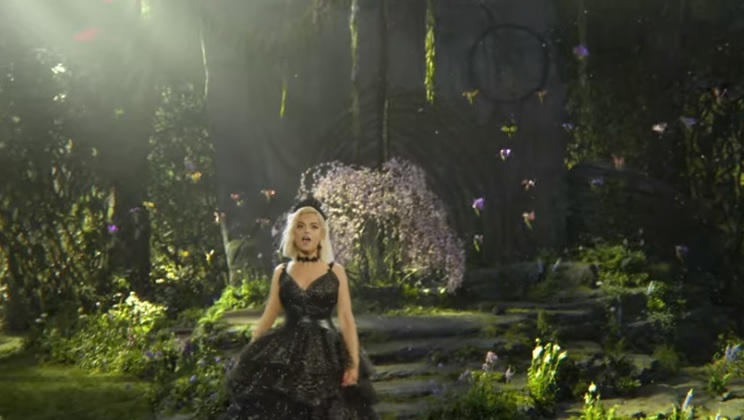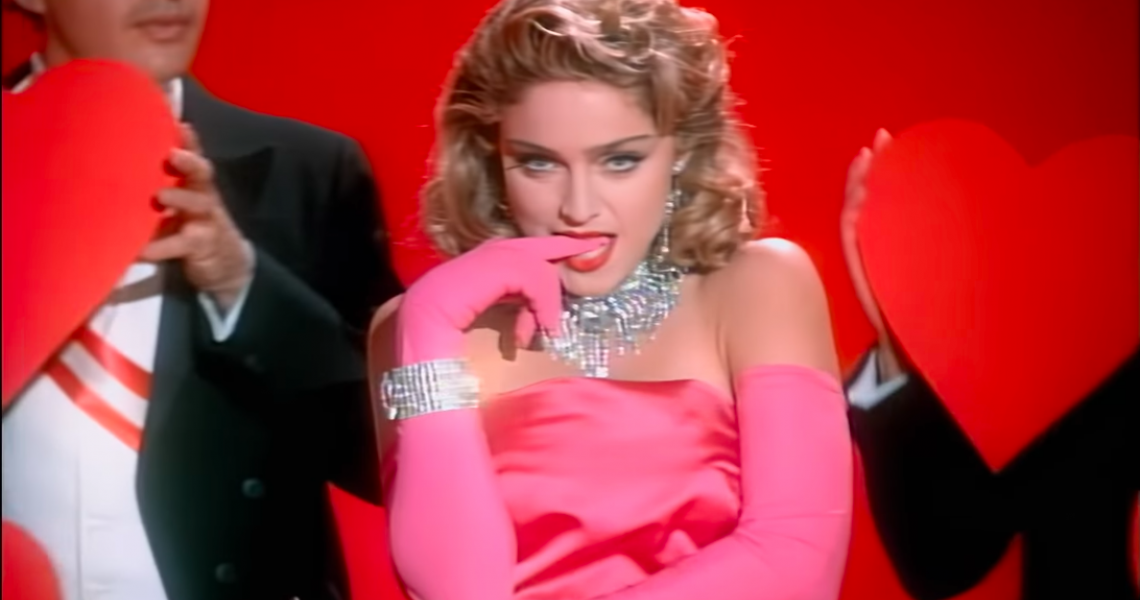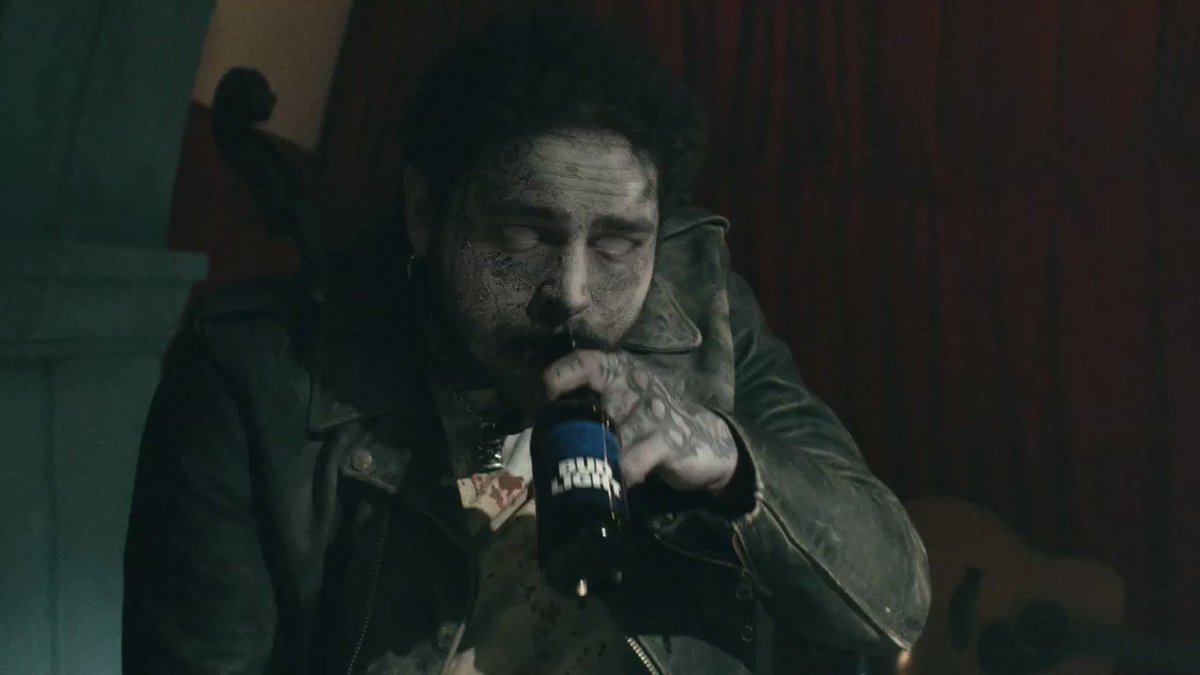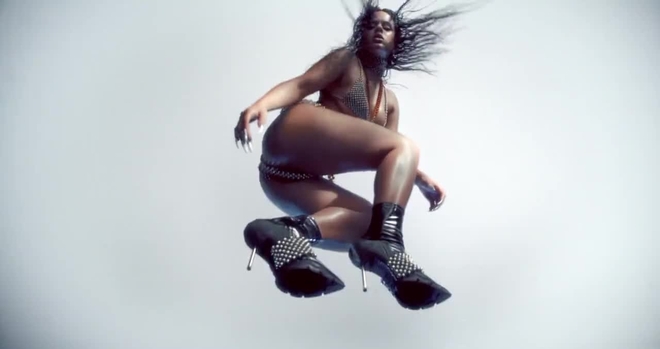Bebe Rexha and Etta James unite for blogger outreach
Say what?
I don’t know if you are aware of the commercial releases that are being made nowadays, but in case you didn’t know, I’ll explain it to you. Nowadays the industry releases dozens of viral tracks every week. On any given day, the top two or three singles from Meghan Trainor’s latest album come together with Billie Eilish’s latest smash hit, and the whole world is watching them both on the music platforms. Well, within this unstoppable assembly line of pop art and in the latest stage of mainstream urban music, we have been hearing quite a few tracks that make use of harmonic progressions characteristic of jazz. They are not complex harmonic progressions, but rather simple, easy to digest for an audience that is not quite used to them. It is something like a shy and simple version of the jazz language adapted to the taste of the masses. Songs that have at most two to four chords that are repeated more and more constantly, even eliminating that fixation that has lasted so long in pop music of making at least two sections or even three, taking into account bridges and breakdowns, each of these sections with four different chords of their own in each section.
Let’s realise that jazz (at least since the arrival of bebop and later with modern jazz) usually has 8-chord structures. Adapting the typical jazz progressions to the mainstream requires simplifying things and making basic cycles of fifths that fit into these formulas of maximum 4 chords that the industry demands today. It is true that this current frequency in the use of soul harmonies beyond some tracks by Brison Tyller and artists of that style is quite strange, especially because of the suddenness of this turnaround: it seems that something is changing around here ^^.
Bebe Rexha, Guns and Roses and the importation of variety into the pop scene
Although in urban music there is a strong tendency towards harmonic formulas characterised by their precedents in terms of success, there is always a tendency to look for something fresh, true and varied in each release, because the creators have a heart and very specific artistic fixations, even if it doesn’t seem like it. Let’s start with a very interesting example of this phenomenon of fresh harmonies in the pop scene: take a look at this work by Bebe Rexha.
Does harmony ring a bell? I’m sure it’s familiar. It’s a harmony very close to that of the classic Guns and Roses track Sweer child of mine in some parts of the song (except for the last chord of the harmonic wheel). Bebe Rexha, taking advantage of the fact that today (and especially after releasing her Say my name with David Guetta and J Balvin) she is an established artist in the industry, took the opportunity to include this type of harmonic transitions to coat them with epicness and strength, so that this distinguished, elegant and forceful harmony would perfectly accompany the feminist discourse of the unstoppable woman who advances socially without pause.
Working on solid concepts
The harmony perfectly represents what the words say: the freshness of the harmonic wheel alludes to the distinction of women and their different attitude to what the canons have dictated until this renaissance of social conscience. On the other hand, the almost symphonic epicness of the instrumental speaks of group, of union, of mass movement, as represented by the images of a group of women running. The grandeur suggested by the instrumental also speaks of something important, a strong change that is germinating.
This epicness we are talking about acts as a narrator, telling us almost in a cinematographic way that the woman is already making it, that she is advancing and is unstoppable. In this case, and on the mere harmonic formula, everything was conceived as what it finally was: a type of chord progression that sought only a certain distinction at a specific moment in time from the big commercial singles, and not to set a precedent or open a new harmonic mood of modal exchange or derivatives.
Therefore, we can see that the harmonic element was not at all intended to be enduring. In fact, although the song has a totally commercial production and video clip, nineteen million views three months after its release on YouTube do not exactly position it within the mainstream panorama, but rather leave it in the position it was crying out for: that of creative commercial distinction.
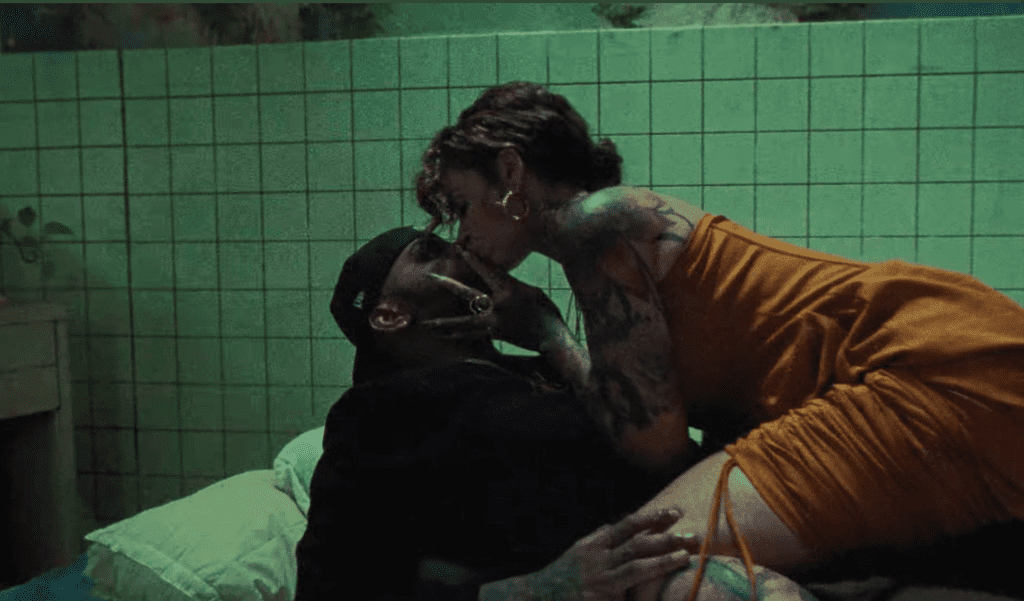
When and by whom
But let’s get it all back on track: now comes this simple jazz, right? So: precedents? Well, one could mention among others Ryb and soul. In the face of this small change, the impetus of artists who brought the more sentimental black music to the public at large, some of the likes of Chris Brown, has probably played a role. Apart from that, it could be considered that we have some influence of jazz harmonies and derivatives from some 80s groups such as the Jackson Five to the present day with singers and producers such as Bruno Mars.
On the other hand, we should not forget the recent influence of lofi on social media and music platforms, which has been revolutionising some platforms such as Youtube for some time now. What is lofi? For those who are not new to this internet subculture, it could be understood as the main alternative to ASMR. And for those who have not yet delved into this world, it is basically rap bases with jazz music in the background.
This peculiar sub-genre of hip hop has revealed itself as a style whose listening is conducive to study, relaxation, sleep, etc. It is non-dance music but it has registered volumes of consumption that could be understood as massive, as there are daily streaming videos of hours and hours of lofi rap beats with his piano, clean guitar, powerful drums and bass, and they have several million views. In general, they are tracks with very little definition in the treble (one of the techniques that achieve that fetish of the classic old-timey effect that encourages relaxation).
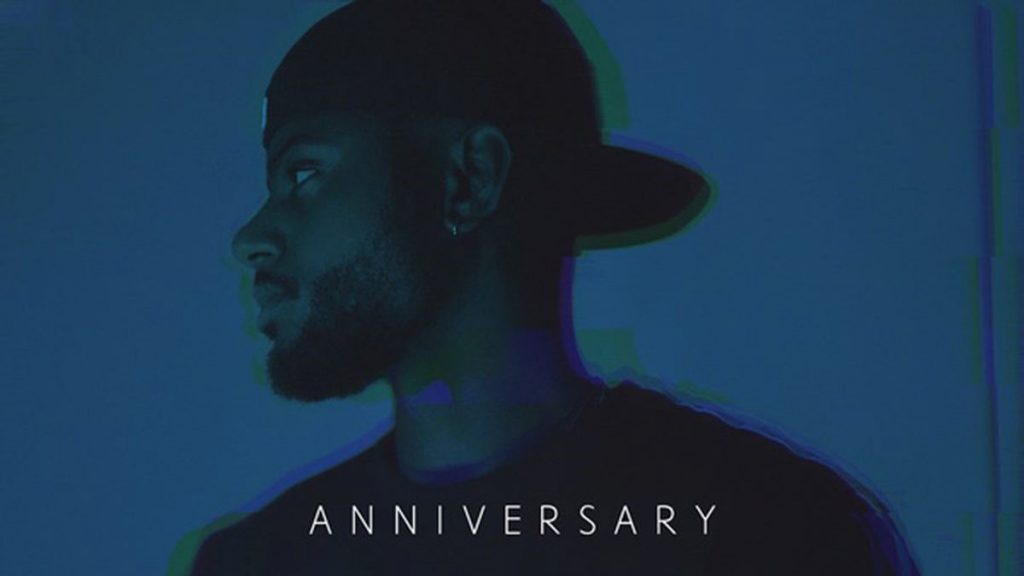
The vision of the creators
Is lofi the real initiator of these mainstream tracks with simple jazz harmonies? We will never know the industry’s reasons, but as I always say these kinds of events are not entirely arbitrary. When a style takes root in urban music it is because those who understand the supply-demand side of music (managers, producers, songwriters, sound engineers, etc) have seen that it can be niche or very profitable.
The teams working on each release know how music consumption works and today they are very aware of everything that happens especially on the internet, which is where everything is generated.
The tracks on Justin Bieber’s latest album (to give an example of something recent that makes use of simple soul and jazz harmonies) have been created by entire teams in which there are market consultants who point out what is being consumed musically at any given moment. These professionals study in depth all the possibilities of artist and fandom: they study what fits with each singer of whom a new work needs to be launched (his/her image, target, the style they want to sell him/her, the image, the photography, the discourse, etc.).
Today we have realised that there is something in simple jazz progressions that engages and relaxes. Besides, a large part of mainstream music consumption is done at home, and “chillin” is already a classic in urban music and in today’s stress-filled life that needs to be resituated by lying on the sofa and watching the rain outside with music playing in the background.
Music Astrologer Predictions
So, about jazz, is it going to remain in popular music for long? That’s hard to say: at this level of appearance in strictly mainstream tracks (and in my opinion) it’s unlikely to be around for the rest of its life. It probably lays the foundations of a new “mood” within trap/soul trap/hip hop, because in ryb and soul, neo-soul etc. darker harmonies were already to be found a long time ago (even in quite viral tracks), although what we are talking about nowadays are concrete strategies such as cycles of fifths understood from a jazz aesthetic and jazz voicings.
Conclusions
As a final touch to this blog post, I leave you with some examples of very recent music so that you can see that something is really changing in urban music. None of them have been released for even a week as of today. Maybe on a statistical level this sample can’t be representative of a solid change in the industry, but it shows a current full of more jazzy harmonies and the sweetness that until now has especially characterised soul and niche and non-mainstream ryb.
This serves to highlight the active role that both artists and fans can play in the consumption model and the incredible permeability of the pop industry. When an influential artist introduces a fresh element, sometimes the whole industry adapts to it to offer the latest, but of course there always has to be an initiator who establishes it in some way, supported by a good team of professionals or – on more than one occasion – a visionary or two.
I hope you enjoyed this blog and we’ll see you next week.
I leave you other similar blogs, and remember that you can buy a dembow, trap, rap, pop, r&b, dembow, reggaeton… beats! A la carte.
